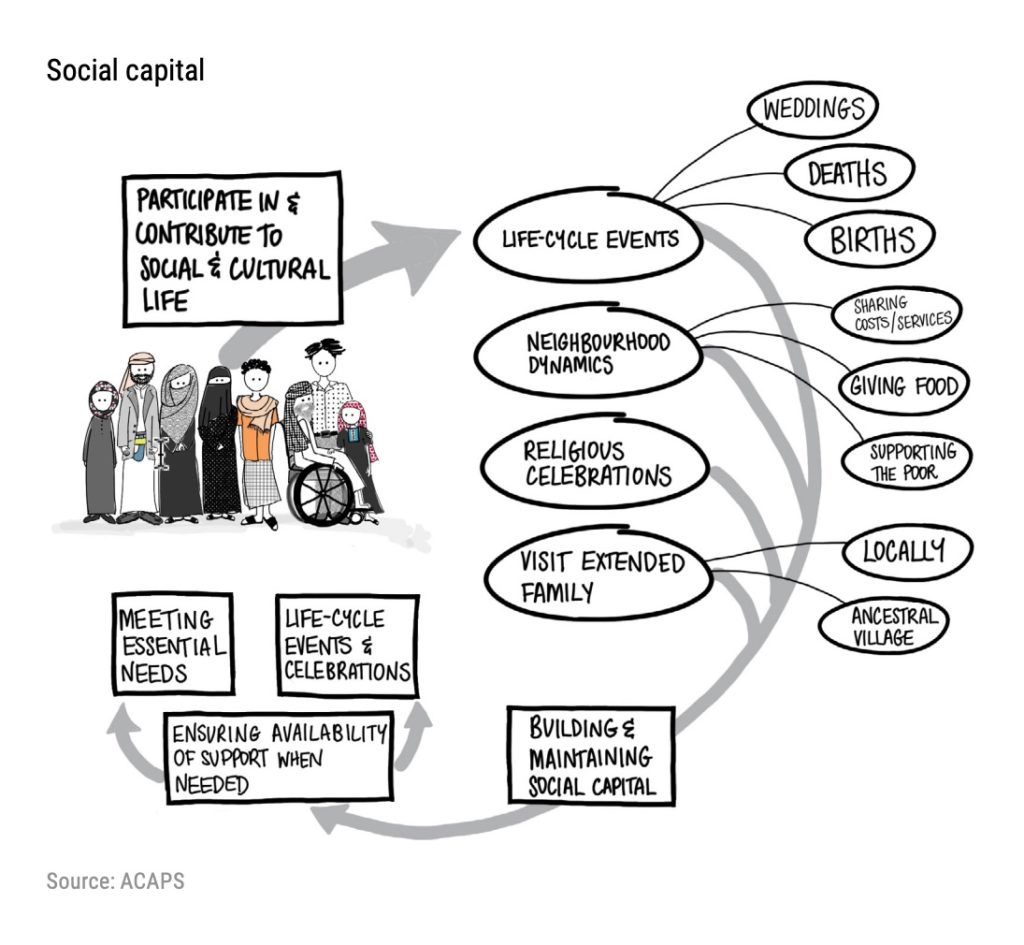It can be just one person volunteering their expertise or a group of people from the business world gathering together to leverage their expertise for a nonprofit. They may build apps or create communications plans or build web sites for nonprofits. And this type of pro bono consulting can be a terrific thing: the nonprofit gets something it needs, and the expert volunteers, usually from the corporate sector, may get a team-building and/or networking event that also checks a corporate social responsibility (CSR) box.
But it doesn’t always work out that way. Sometimes, at the end of that hackathon, the nonprofit doesn’t get the app it needs. Sometimes, at the end of that build-a-thon, the nonprofit doesn’t get the revamped web site it was counting on to replace its current, out-dated site, or gets a site that does not at all meet its requirements.
Sometimes, it’s not a huge deal that the pro bono consulting doesn’t work out. I once helped with a brainstorming session for a nonprodit that the branch of a very well-known consulting firm wanted to do. The employees were excited that they could offer free consulting regarding how to better market the nonprofit’s programs. Imagine my disappointment when I realized the consultants hadn’t read any of the material they had been sent beforehand, and therefore they had a complete misunderstanding of our programs. I spent the majority of the brainstorming session explaining the programs of the nonprofit, and we were left empty-handed regarding any strategies or new insights. But all I lost was, altogether, a full-day of work, in terms of setup and the actual meeting; I have to admit I wasn’t really expecting much from this “partnership.” The nonprofit did get a photo of the employees altogether in a room, looking interested as a nonprofit staff person spoke, and we both got to use that photo in a variety of marketing material.
But I’ve been involved in organizing volunteering events where volunteers from the business sector are supposed to, at the end of the day, have created something tangible that the participating nonprofits need, and the nonprofit’s disappointment is not just a minor inconvenience: that nonprofit participated specifically to get that graphic or app or marketing strategy or web site, and now they are left in the lurch. They were counting on this volunteer endeavor to result in something they could use. And when the nonprofit staff realize that despite all of their own work – and that would be extra work, on top of their day-to-day responsibilities – they are leaving empty-handed, their frustration can turn into anger and bad public relations.
How does it happen?
- The corporate volunteers didn’t take the commitment seriously, didn’t budget time for their participation, etc.
- The corporate volunteers didn’t learn about the nonprofit beforehand, didn’t treat the nonprofit the way they would a paying client, didn’t listen to the nonprofit staff, etc.
- The corporate volunteers just wanted to say, “We volunteered an entire Saturday helping so-and-so. Here’s some photos of us volunteering.”
If you are organizing a hackathon or other event meant to result in a tangible product for a nonprofit, please remember to temper expectations:
- Emphasize to volunteers that the nonprofits are their clients. The volunteers need to treat the nonprofits the way they would paying clients: their needs are real, and if their needs aren’t met, if they aren’t listened to, they have every right to complain.
- Be honest about what the nonprofit really is going to have at the end of this hackathon, build-a-thon or other volunteering project. Don’t hype expectations.
- Be clear about what nonprofits can expect from volunteers in terms of support after the event. And it’s worth noting that, in my experience, no matter how much volunteers say they will continue to support the nonprofit with the hackathon or build-a-thon is over, when the event ends, the volunteers scatter and the nonprofit is on its own with the resulting app, graphics, marketing plan, web site, whatever.
- Be honest about the possibility that not every nonprofit walks away with something they can use. If you have been doing this program for a while, say what percentage that might be: “Of the 20 participating nonprofits, we find that at least 2, unfortunately, don’t end up with a usable web site.” You might want to emphasize the experimental nature of what is happening, that this is a change for two groups from different sectors to get to know each other and have fun, and that the resulting product is a somewhat secondary goal (although, please remember that nonprofit staff are underpaid and overworked – they may not be looking for a feel-good event right now).
- Consider scheduling a low-profile makeup session that will take place two or three weeks after the main event, where select, veteran volunteers will gather and ensure the “left out” nonprofits DO get the finished product they signed up for. Have the date for this after-main-event makeup function on the calendar and book committed volunteers to participate at the same time you are putting together your main event, so that you can say with confidence to disappointed nonprofits: “We have a makeup event scheduled for such-and-such date and we already have volunteers lined up and we will get your needs taken care of.” In fact, you may want to pay the people who are going to do the makeup work – even just a stipend – to better guarantee they show up and get the job done.
- Let nonprofits grade their experience participating in the event and their experience with the volunteers specifically; volunteers with low grades don’t get to participate in the future, or have to go through some sort of training that will help them not let nonprofits down in the future.
- Consider paying nonprofits for their participation. A stipend of $500 to a nonprofit can offset any hard feelings for, at the end of the day, not having that app, graphic, marketing strategy or web site that they were supposed to get per their participation.
Does it all seem like too much? Are you thinking, “Hey, nonprofits should be glad they are getting free expertise, no matter how it works out for them!”? Then, please, don’t do these events for nonprofits, because all you are doing is creating unrealistic expectations and a lot of disappointment. The work of nonprofits is serious and their staff members are grossly underpaid – if they are paid at all. They don’t have time for unfunded experiments and feel-good corporate team-building social events. Show them the respect they deserve!
Also see:
- Apps4Good should be based in reality, not be tech fluff
- One-ish Day Activities for Volunteering Using IT (Hacks4Good, for instance).
- hey, corporations: time to put your money where your mouth is re: nonprofits & innovation.
- Are charities “stuck up” – or the corporate volunteers offering help?
- Corporate volunteers can be a burden for nonprofits.
- Disrupting Corporate Social Responsibility (CSR).
- Corporate Volunteer Programs: What Do Nonprofits Want From Them?
- Donors offering feedback on humanitarian projects & proposals.
- When IT staff isn’t providing proper support for volunteer engagement.
- Incorporating virtual volunteering into a corporate employee volunteer program.
- What should be on a corporation’s website re: CSR.

If you have benefited from this blog, my other blogs, or other parts of my web site and would like to support the time that went into researching information, developing material, preparing articles, updating pages, etc. (I receive no funding for this work), here is how you can help.
NOTE: I’m taking August off from weekly blogging. See you in September!





